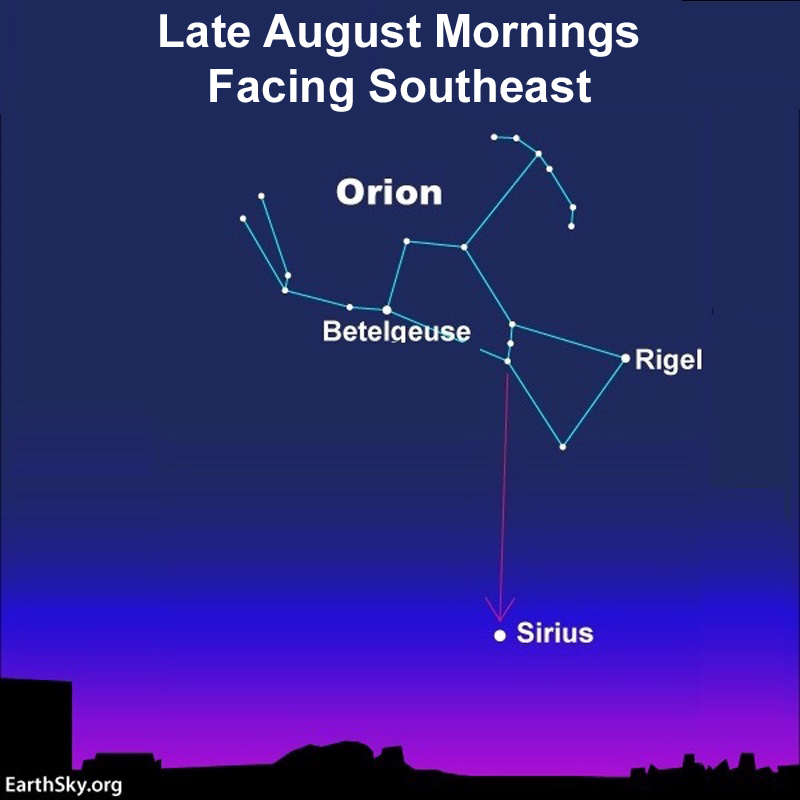
In late August and early September, look for a hint of the changing season in the predawn sky: Orion the Hunter and Sirius the Dog Star. The very noticeable constellation Orion the Hunter rises before dawn at this time of year, recognizable for the short straight line of three stars that make up Orion’s Belt. And the sky’s brightest star Sirius – called the Dog Star because it’s part of the constellation Canis Major the Greater Dog – follows Orion into the sky as the predawn darkness gives way to dawn.
Have you noticed a very bright, madly twinkling star in this part of the early morning sky? Many do – around the world – at this time of year. That star is Sirius. It’s so bright that, when it’s low in the sky, it shines with glints of red and flashes of blue. That’s the effect of our thick atmosphere causing its light to waver, or twinkle.
You won’t see Orion and the nearby star Sirius in the evening sky until northern winter (or southern summer). But presently, the Hunter and the Dog Star lord over the sky at dawn’s first light.
EarthSky astronomy kits are perfect for beginners. Order yours from the EarthSky store.
Stars and constellations pass behind the sun
Orion was low in the west after sunset around March and April. By June of each year, the Hunter lies behind the sun as seen from Earth. Orion only returned to visibility in Earth’s sky about a month ago. When a constellation becomes visible again, after being behind the sun, it always appears in the east before sunrise.
Because – as Earth orbits the sun – all the stars rise two hours earlier with each passing month. Orion is now higher at dawn than a month ago.
As seen from the Northern Hemisphere, Orion precedes Sirius the Dog Star into the sky. After Orion first appears at morning dawn, you can count on Sirius to appear in the morning sky a few weeks later.
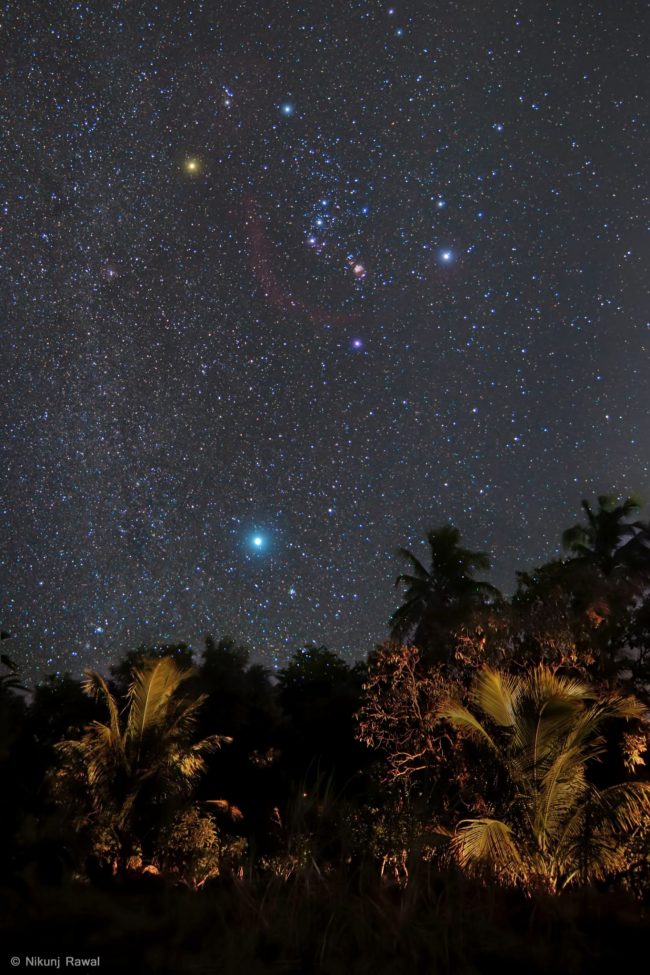
The heliacal rising of Sirius
Now will be a good time to look for the heliacal rising of Sirius. In other words, what is the first date that you can see Sirius, with the unaided eye, in your morning sky? It depends on your latitude.
Below are a couple of graphs showing when you can expect to first see Sirius in your eastern predawn sky. These are designed for average eyesight, average weather and from near sea level.
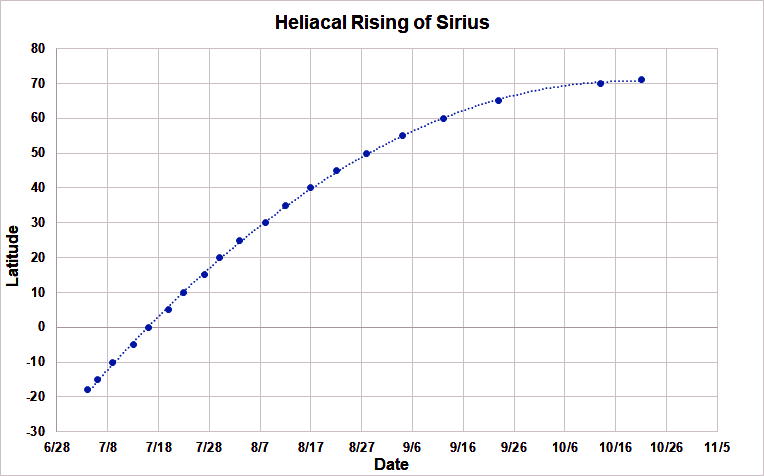
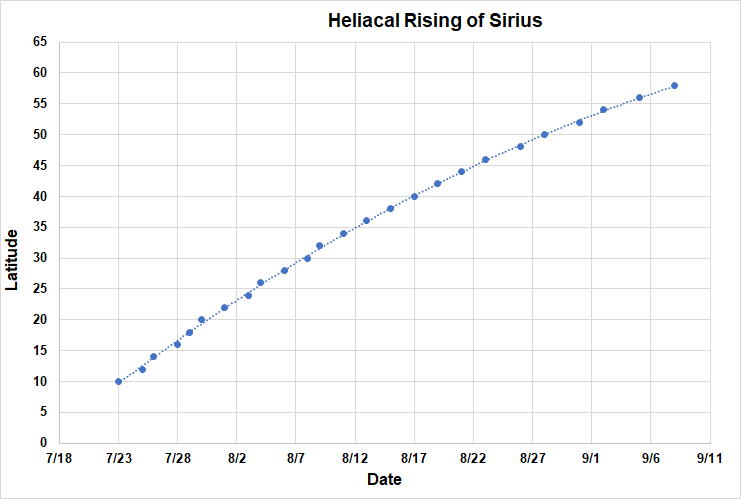
The return of Sirius and the colors of the stars
With the two brightest stars in Orion and Sirius low in your sky, you might notice that our shimmering atmosphere breaks the light up into various colors. It’s not the stars that are changing, it’s the prismatic effect of our own earth’s atmosphere.
Be sure to notice the colors of Rigel and Betelgeuse in Orion, and of Sirius itself. When Sirius is low in the sky on a summer morning, you might notice it flashing in many colors. In fact – although Rigel and Betelgeuse are intrinsically colorful, due to the types of stars they are – Sirius shines mostly white. The colors we see in Sirius when it’s low in the sky are the result of looking at this very bright star through a greater-than-usual thickness of Earth’s atmosphere in the direction of the horizon.
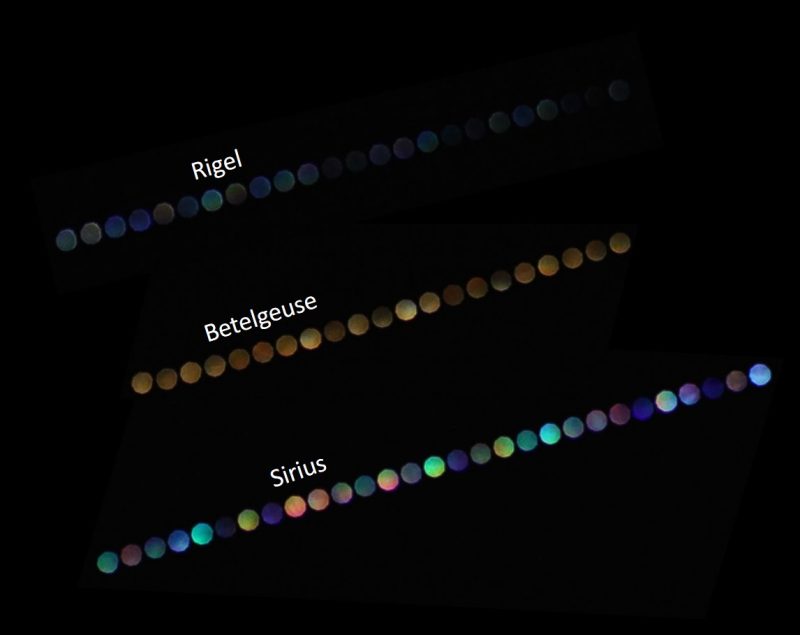
Bottom line: A sign of the changing season is the return of Sirius before sunup. Want to make sure you’ve spotted Sirius? The 3 stars in Orion’s Belt point to it. Be the first from your latitude to see Sirius in the morning sky.
Enjoying EarthSky so far? Sign up for our free daily newsletter today!
Help support EarthSky! Check out the EarthSky store for fun astronomy gifts and tools for all ages!
The post The return of Sirius signals a change in seasons first appeared on EarthSky.
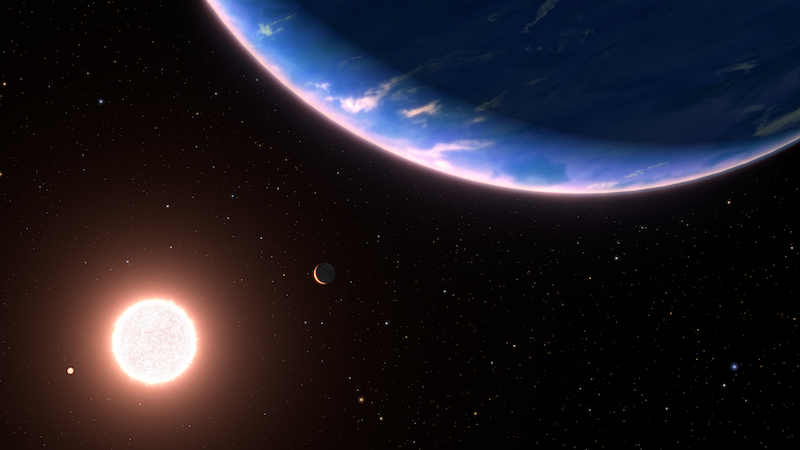



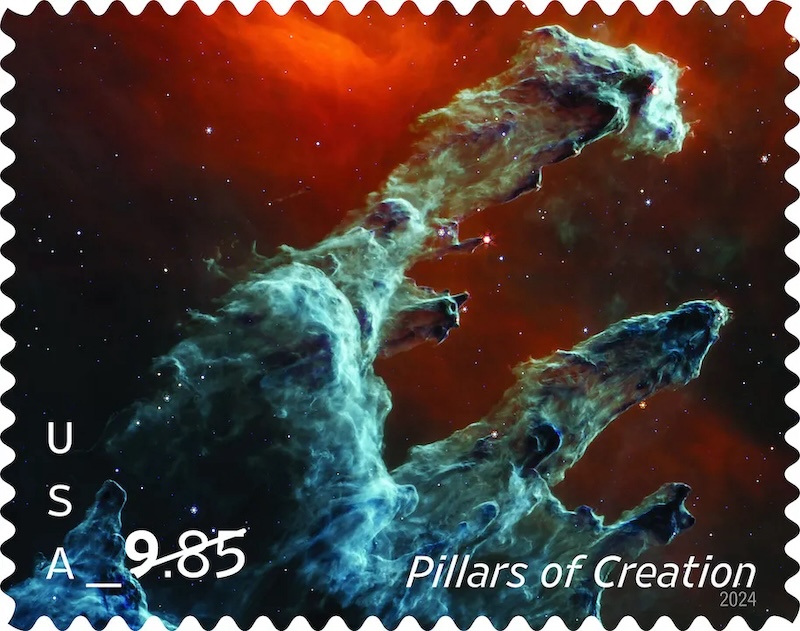

0 Commentaires